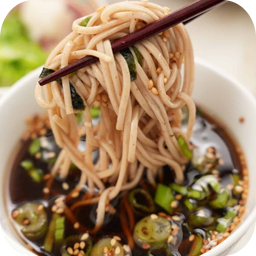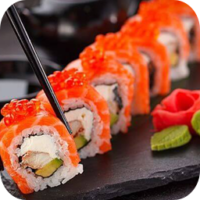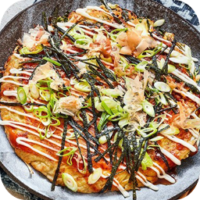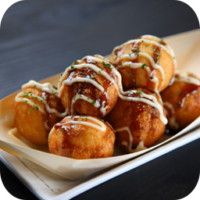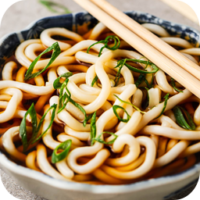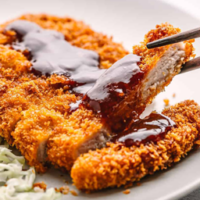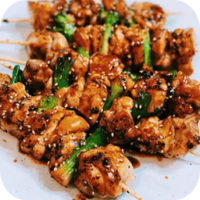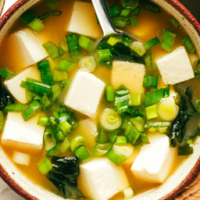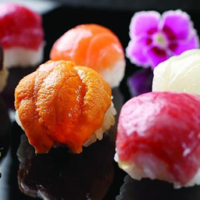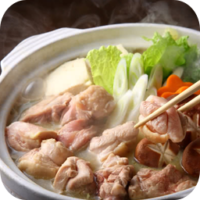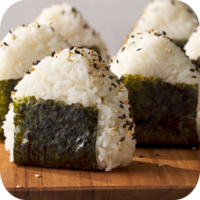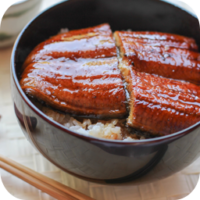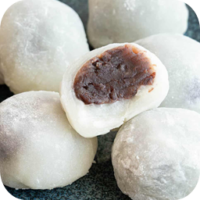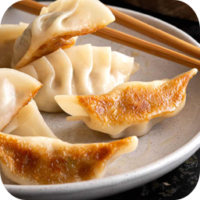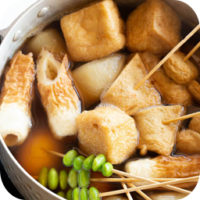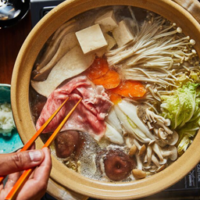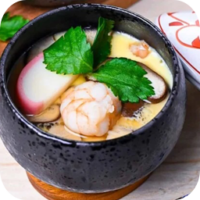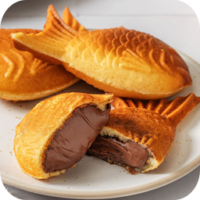Posted by theeatland
- Jan 1, 2025
- 74
- 0
Soba (蕎麦) refers to traditional Japanese noodles made from buckwheat flour, although wheat flour is sometimes added to help with the texture. Soba noodles are thin, slightly firm, and have a distinctive nutty flavor from the buckwheat. Soba is a versatile dish that can be enjoyed both hot and cold, and is often served with a variety of broths, sauces, and toppings.
Key Features of Soba:
- Soba Noodles:
- Made primarily from buckwheat flour, soba noodles are typically thin, smooth, and slightly chewy. The texture can vary, and some soba is made with a combination of buckwheat and wheat flour for better elasticity.
- Broth:
- When served hot, soba is usually accompanied by a dashi-based broth, which is made from ingredients like kombu (seaweed) and bonito flakes, and flavored with soy sauce, mirin, and sake. The broth is savory and slightly sweet.
- Cold Soba:
- In the summer, soba is often served cold as zaru soba. The noodles are chilled and served with a dipping sauce called tsuyu, made from a mixture of soy sauce, mirin, and dashi. It’s typically served with condiments like wasabi, green onions, and grated ginger.
- Toppings:
- Common toppings for soba include:
- Tempura: Lightly battered and fried shrimp or vegetables.
- Nori: Seaweed, typically shredded and sprinkled on top.
- Green onions: Chopped fresh green onions for added flavor.
- Egg: Sometimes a raw or soft-boiled egg is placed on top.
- Shichimi togarashi: A blend of seven spices used to add a little heat and flavor.
- Common toppings for soba include:
Types of Soba:
- Zaru Soba:
- Cold soba noodles served with a dipping sauce on the side, commonly enjoyed in the summer.
- Kake Soba:
- Hot soba served in a simple broth, often accompanied by seasonal vegetables, tempura, or other toppings.
- Tempura Soba:
- A hot or cold bowl of soba noodles served with tempura, such as shrimp or vegetables, either placed on top or on the side.
- Soba Tsuyu:
- A concentrated dipping sauce served with cold soba. It’s made with dashi, soy sauce, and mirin, and is typically diluted with water when used for dipping.
- Soba Salad:
- Cold soba served as part of a salad with vegetables, sometimes with a light dressing. This version is popular during the warmer months.
- Toshikoshi Soba:
- A special type of soba eaten on New Year’s Eve in Japan, symbolizing the cutting off of the past year’s troubles and the welcoming of the new year.
Cultural Significance:
- Soba is deeply ingrained in Japanese culture and is traditionally eaten on New Year’s Eve as a symbolic dish for long life and good health. This tradition is known as toshikoshi soba.
- Soba has a long history in Japan, dating back to the Edo period (17th century), and has since become a staple dish enjoyed across the country.
- Soba is often considered a healthier alternative to other noodles because of its high fiber content and nutritional benefits from buckwheat.
Fun Fact:
In Nagano Prefecture, soba is a regional specialty, and the area is known for having some of the best soba in Japan. It is believed that the cold climate and pure water in the region make for perfect soba production.
Recommended Posts
- Jan 1, 2025
- 84 read
Sushi (寿司) is one of the most iconic and internationally recognized dishes...
Read Article- Jan 1, 2025
- 69 read
Okonomiyaki (お好み焼き) is a savory Japanese pancake made from a flour-based batter...
Read Article- Jan 1, 2025
- 100 read
Takoyaki (たこ焼き) is a popular Japanese street food consisting of octopus-filled dough...
Read Article- Jan 1, 2025
- 105 read
Udon (うどん) is a traditional Japanese noodle dish made from wheat flour,...
Read Article- Jan 1, 2025
- 79 read
Tonkatsu (とんかつ) is a popular Japanese dish consisting of breaded and deep-fried...
Read Article- Jan 1, 2025
- 128 read
Yakitori (焼き鳥) is a popular Japanese dish consisting of grilled chicken skewers....
Read Article- Jan 1, 2025
- 70 read
Miso Soup (味噌汁) is a traditional Japanese soup made primarily from miso...
Read Article- Jan 1, 2025
- 77 read
Kaiseki (懐石) is a traditional multi-course Japanese meal that emphasizes seasonal ingredients,...
Read Article- Jan 1, 2025
- 73 read
Onigiri (おにぎり) is a traditional Japanese rice ball, often shaped into triangles...
Read Article- Jan 1, 2025
- 71 read
Unagi (鰻) is the Japanese word for eel, specifically the freshwater eel...
Read Article- Jan 1, 2025
- 69 read
Mochi (餅) is a traditional Japanese rice cake made from glutinous rice...
Read Article- Jan 1, 2025
- 63 read
Gyoza (餃子) is a popular Japanese dish consisting of dumplings filled with...
Read Article- Jan 1, 2025
- 76 read
Oden (おでん) is a traditional Japanese winter comfort food that consists of...
Read Article- Jan 1, 2025
- 63 read
Shabu-Shabu (しゃぶしゃぶ) is a popular Japanese hotpot dish, characterized by thinly sliced...
Read Article- Jan 1, 2025
- 76 read
Chawanmushi (茶碗蒸し) is a traditional Japanese savory egg custard dish. Its name...
Read Article- Jan 1, 2025
- 67 read
Taiyaki (鯛焼き) is a popular Japanese fish-shaped pastry filled with sweet or...
Read Article
